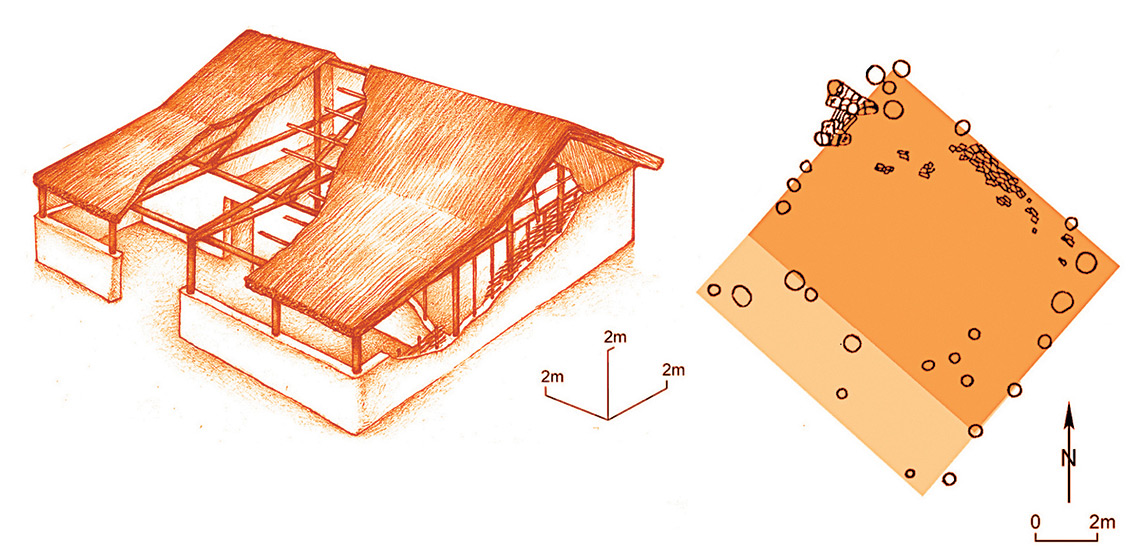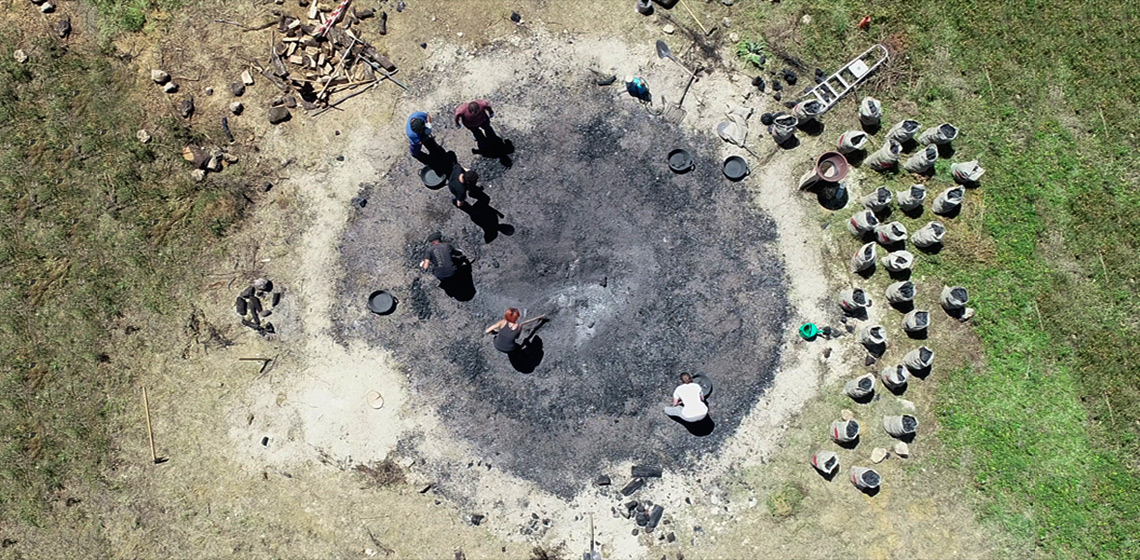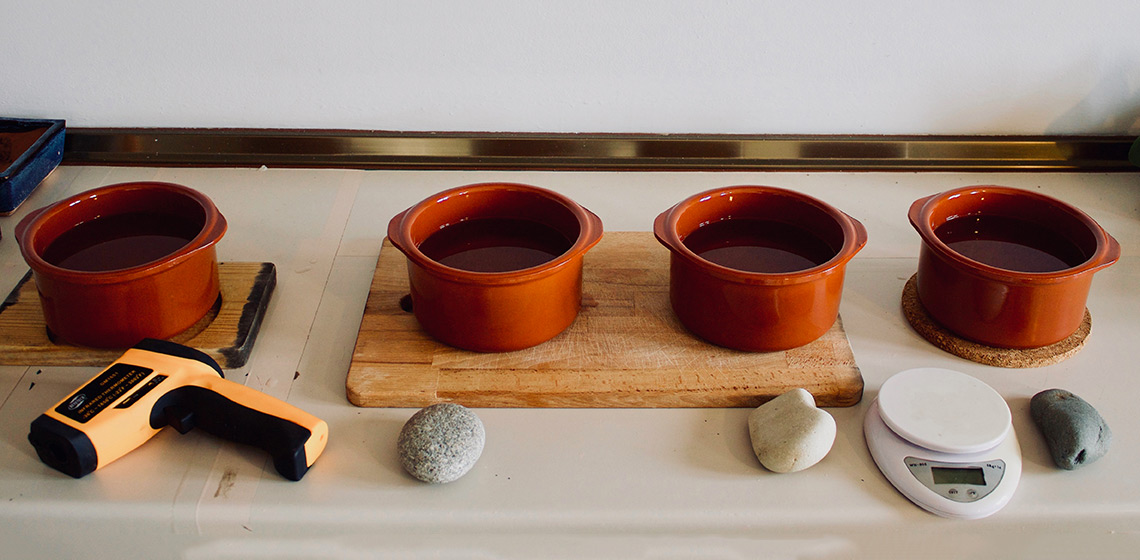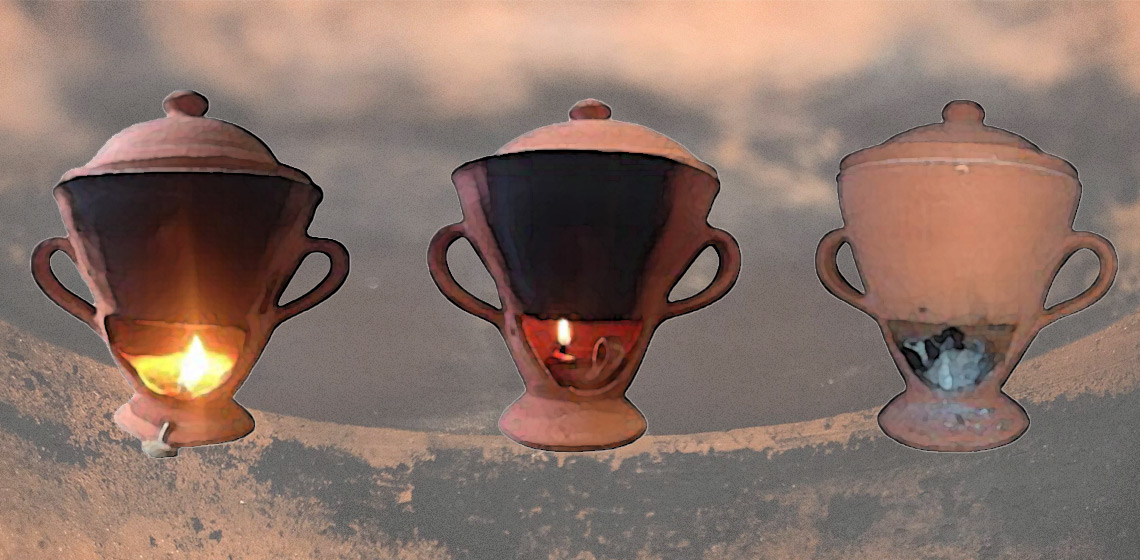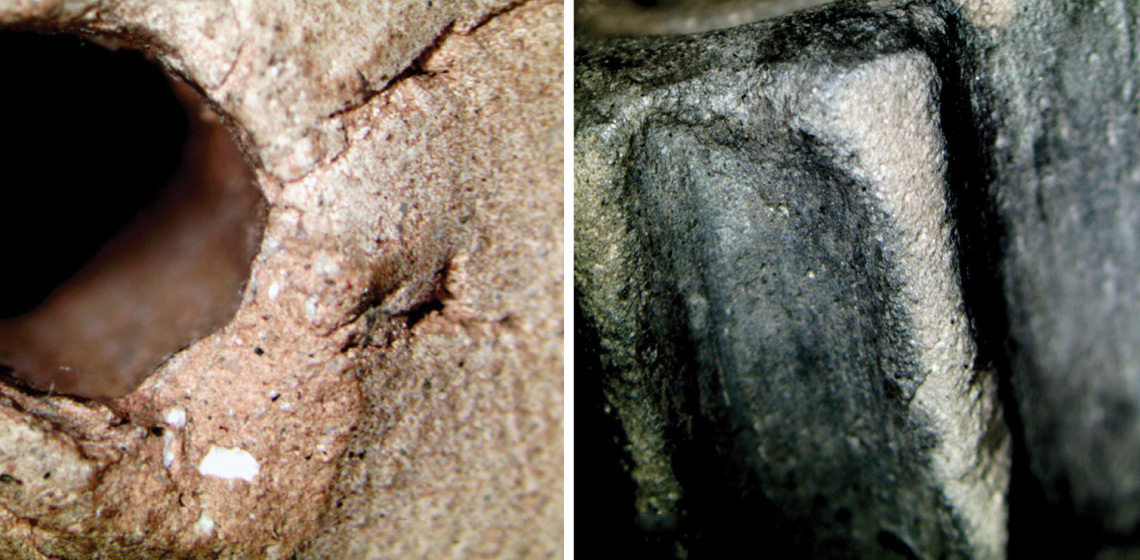Experimental Archaeology
Fine Pottery Chaîne Opératoire from the Bronze Age site of Via Ordiere, Solarolo (RA, IT): Experiments on the Relationship between Surface Treatments and Function
***The aim of this experimental work was to catch a glimpse of the pottery chaîne opératoire, particularly linked to the surfaces treatments applied, in order to better understand what type of traces they could leave on pots and how they could differently affect the use of final products...
Experimental Research on the Setting up and Exploitation of the Human Prehistoric Habitat in the Middle Dniester Region
Project incipience
The link established between EXARC and the Scientific Research Laboratory "Thracology" (Moldova State University) inspired the initiation of the first major project in the field of experimental archeology for the Republic of Moldova. The purpose of this project was to organize an experimental archeological open-air park in Saharna-Ţiglău (Nicic, 2009).
Mining at Pozarrate: Applying Experimental Approaches to Understand the Neolithic Extraction of Flint in the Sierra de Araico (Treviño, Spain)
***The aim of this paper is to introduce the scientific works performed in the Sierra de Araico Neolithic Mining Complex, mainly located in the Treviño enclave of Spain. Archaeological works were focused on the Pozarrate quarry, dated to the Neolithic period (6000-5600 BP). This site is unique since it has been used recently to...
Keep it in your own Backyard: New Experimental Perspectives on Domestic Iron Age Lithic Industries in the Northwestern Iberian Peninsula
***Both knapped and polished lithic industries have traditionally been given great regard within the archaeological studies of northwestern Iberian Peninsula, mostly focusing on their typologies and the materials used. However, this has not been the case with other stone objects, such as rolling stones, that tend to appear in...
The Experimental Reconstruction of an Early Neolithic Underground Oven of Portonovo (Italy)
***This contribution presents the experimental reconstruction of an underground oven replicated according to the archaeological evidence unearthed from the Early Neolithic site of Portonovo-Fosso Fontanaccia (Ancona-Italy). A domed structure, measuring 190x180 cm diameter at the base and 50 cm in height, was dug in 15 hours...
Experimental Study of Byzantine Chafing Dishes
Introduction
Byzantine chafing dishes constitute one of the least studied utensils of the Byzantine household. Though a series of publications discuss them in a more detailed manner (Morgan, 1942; Bakirtzis, 1989; Sanders, 1995; François, 2010; Poulou-Papadimitriou, 2008; Vassiliou, 2016), most of our knowledge about chafing dishes derives from their fleeting mention in excavation reports, where they are listed among other finds and only briefly described.
The Arrowheads of the Squared-Mouthed-Pottery Culture: Reconstruction and Shooting Experiment
***This international experimental project focused on the production of replicas of different models of flat-retouched flint arrowheads (stemmed, with flat base, and ogives -with rounded base-) in use within the Neolithic Squared-Mouthed-Pottery Culture (SMP) of Northern Italy. The aim was to test their efficiency in order to understand if...
Basalt Handaxes: Preliminarily Testing the Lithic Translation Strategy Hypothesis and Comparisons with the Fontana Ranuccio Site Bifacial Tools
***The oldest bifacial “handaxes” known so far belong to the “Kokiselei 4” site, dated to 1.76 Ma (West Turkana, Kenya; Texier, 2018). They have been manufactured by direct lithic percussion on magmatic effusive stone materials. Considering that the evolution of “fully operational intelligence” (Wynn, 1979) has been associated with the so-called...
The Contribution of Experimental Archaeology in Addressing the Analysis of Residues on Spindle-Whorls
Introduction
Spindle-whorls are tools used for transforming the mass of fibres into yarn. These tools can be made of a large variety of materials as ceramic, bone, wood, or glass. They can vary largely in shapes (conical, biconical, lenticular, etc…), size, and weight according to archaeological contexts and chronological period of human history.


